Top-Quality Dibond Printing: Durable Aluminium Composite Panels for Your Signage Needs. Aluminium board printing uses aluminum composite panels to create strong, lightweight, and professional-looking signs. These panels consist of two thin aluminum sheets with a solid plastic core, ensuring durability. Ideal for indoor and outdoor use, aluminium board printing offers high-quality, long-lasting signage solutions.
Key Takeaways
Dibond panels, made from aluminium composite material, offer exceptional durability, weather resistance, and a smooth surface ideal for high-quality printing.
The versatility of Dibond signage allows for custom shapes, sheet sizes, and finishes, making them suitable for both indoor and outdoor applications.
Dibond printing provides high-resolution, vibrant colors at competitive prices, with quick turnaround times and low maintenance requirements.
Top-Quality Dibond Printing: Durable Aluminium Composite Panels for Your Signage Needs
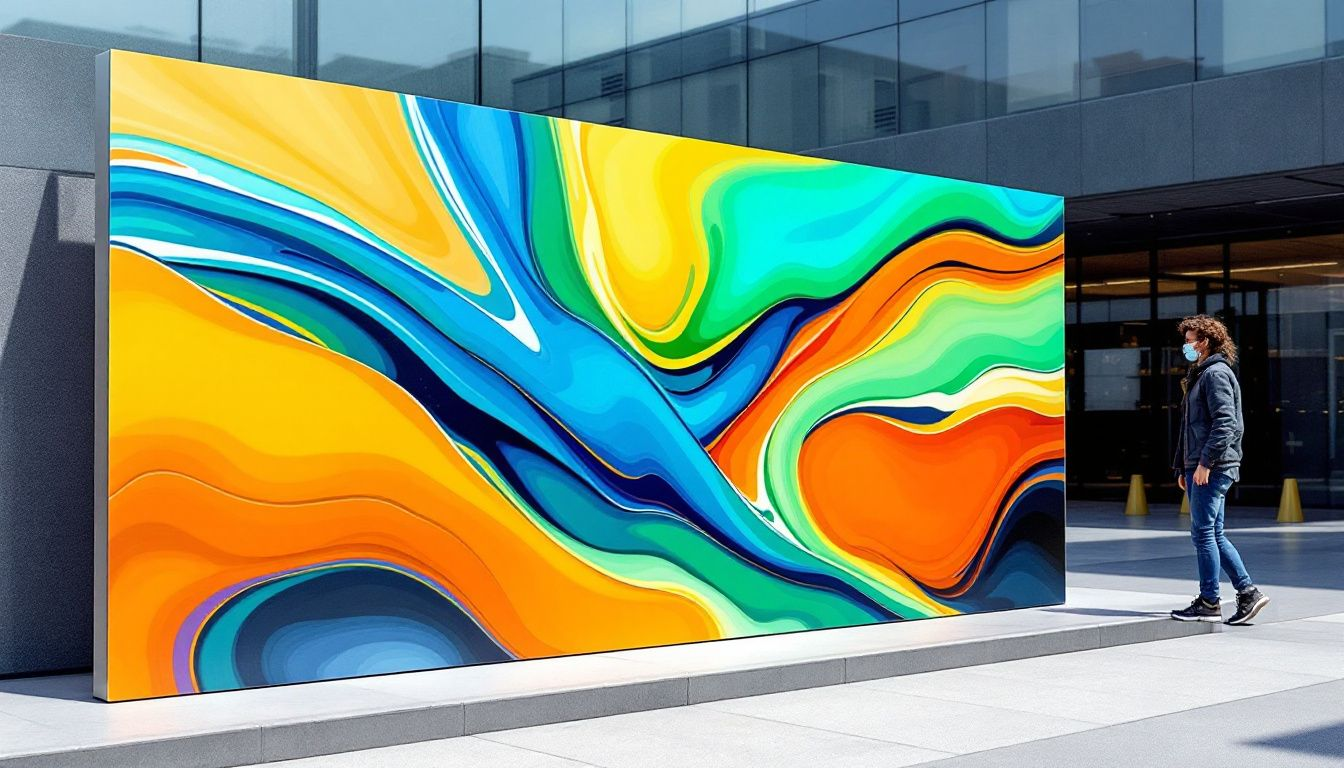 Aluminium composite, widely recognized as Dibond in the industry of signage, has revolutionized outdoor advertising. Its construction involves two sheets of aluminium encapsulating a sturdy polyethylene core, creating dibond panels that combine resilience with minimal weight. The result is a material offering an ideal surface for superior printing quality due to its smoothness.
Aluminium composite, widely recognized as Dibond in the industry of signage, has revolutionized outdoor advertising. Its construction involves two sheets of aluminium encapsulating a sturdy polyethylene core, creating dibond panels that combine resilience with minimal weight. The result is a material offering an ideal surface for superior printing quality due to its smoothness.
The distinctive advantage of using Dibond lies in its exceptional durability and resistance against environmental factors – key features for maintaining a professional image regardless of weather conditions. It serves as an excellent choice for crafting signs intended not only for external use but also indoor settings where professionalism is paramount. In essence, when longevity and performance are crucial criteria, dibound ensures your signage needs are met impressively well.
Introduction
Printing on aluminium composite board, known for its durability and sophisticated finish, is perfect for a broad spectrum of sign applications, including aluminium signs. The malleability of Dibond signs allows businesses to create distinctive promotional displays and informative signage that draws attention. These panels consist of a pair of sheets of aluminium encasing a central plastic layer, which results in a lightweight yet robust format ideal for enduring outdoor conditions frequently involved in board printing.
Dibond’s ability to be cut into custom shapes and sizes gives you the advantage when designing signage that truly differentiates itself. From modest-sized labels to expansive display pieces, these signs are customizable to fulfill your precise requirements. Offering both an exquisite look and steadfast resilience, Dibond panels constitute an excellent investment for any business intent on establishing a memorable presence through professional-grade signage solutions.
Understanding Dibond Printing
Dibond signs are crafted from an aluminium composite panel (ACP), which involves the fusion of two slender sheets of aluminium to a robust core made of polyethylene. This composition yields superior durability and stability while remaining relatively light, making it excellent for different signage applications.
The malleability of dibond boards stands as one of their key benefits. These panels can be effortlessly manipulated—cutting, bending, or shaping is simple—which expands creative possibilities for custom designs. With its accommodating nature towards modification and its smooth facade that supports high-caliber printing methods, achieving detailed and vibrant signs becomes attainable.
Employing dibond panels ensures maintaining a professional aesthetic coupled with resilience against severe weather conditions, rendering them suitable for both interior use and exterior exposure. As such, they serve diverse purposes ranging from striking outdoor advertising to sophisticated indoor displays — highlighting the adaptability and dependability offered by dibond materials in producing quality signage solutions.
Advantages of Dibond Signs
Aluminium signs, including Dibond signs, are highly regarded for their numerous benefits, being an optimal choice for companies in need of robust and professional-looking outdoor signage. Their prime advantage is the preservation of a polished appearance even under severe weather conditions. Constructed from a sturdy aluminium composite material that melds two layers of aluminium with an inner polyethylene core, Dibond signs stand the test of time.
These signs boast impressive endurance against physical damage, preserving their structural soundness amidst high-traffic surroundings. The use of long-lasting ink during printing on Dibond delivers UV resistance and defense against weather deterioration, safeguarding the sign’s vibrancy over extended periods — ideal traits for exposure to outdoor environments.
The upkeep associated with Dibond signage is notably low-effort. They sustain visual appeal without demanding constant attention. These signs contribute positively to any business’s image due to their refined finish—a boost suitable equally indoors or outdoors.
Offering toughness combined with ease-of-care and pleasing aesthetics makes them a dependable preference in signage options suitable across various settings.
High Resolution Print Quality
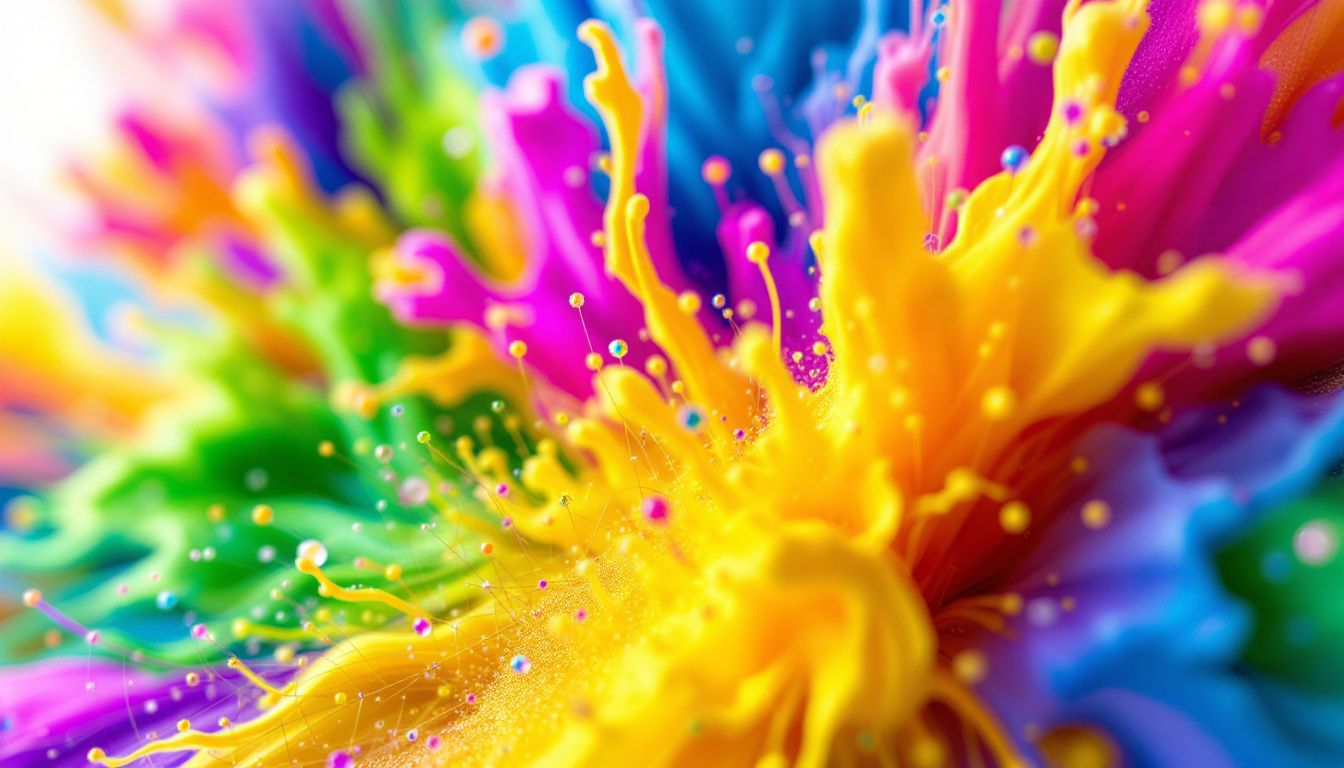 Dibond signs are renowned for their exceptional print quality, presenting full-color graphics at a stunning 1440dpi resolution. This ensures that every sign is produced with sharp and clear imagery that stands out, providing an excellent way to captivate your audience and leave a memorable impression.
Dibond signs are renowned for their exceptional print quality, presenting full-color graphics at a stunning 1440dpi resolution. This ensures that every sign is produced with sharp and clear imagery that stands out, providing an excellent way to captivate your audience and leave a memorable impression.
The impeccable smoothness of Dibond panels amplifies the quality of the prints they bear, making them perfectly suited for displaying detailed images or bold designs. As such, these signs play a significant role in reinforcing the professional image of any business through superior visual communication.
It’s highly recommended for businesses aiming to establish powerful and attractive signage to consider using Dibond panels due to their capability in producing high-resolution prints. The use of Dibond as material reflects well on companies seeking both professionalism and impact within their printed materials.
Customization Options for Dibond Boards
Dibond signs provide a versatile selection of personalization possibilities to fulfill distinct signage requirements. These signs are adaptable and can be customized in custom dimensions, shapes, and an array of finishing choices to align perfectly with your specified needs. For added convenience during installation, the option for pre-drilled holes ensures that mounting is simple and efficient.
To delve into these customization options more intricately, let’s examine these Details.
Custom Sizes and Shapes
Custom-shaped Dibond boards are available for those who require distinctive signage options that grab attention. You can have them tailored with contour cuts, rounded corners, or to specific sheet sizes, ensuring they not only fit seamlessly into the designated area but also stand out due to their bespoke design.
To guarantee precision and accuracy in the customization of these boards, clear instructions regarding cutting and drilling routes are given when you place an order. This meticulous approach ensures that your specialized signage is crafted according to strict professional standards, resulting in a refined look befitting any setting.
Finishing Options
There are several finishing alternatives for dibond signs, including gloss and matt lamination. The former gives a reflective surface that intensifies the colors, rendering any printed graphics more strikingly vivid – an ideal feature for signage designed to capture attention in bustling locales.
In contrast, matt lamination delivers a subdued, non-glossy finish which conveys elegance while offering added durability. There’s anti-graffiti lamination which serves as a shield against defacement. This ensures ease of cleaning and upkeep of the boards.
By opting for these finishes on dibond boards, not only is their aesthetic appeal enhanced, but also their longevity is significantly increased, helping them retain an attractive appearance over time.
Drill Holes and Mounting
Integrating drill holes into Dibond signs streamlines the process of hanging and securing them, whether it be within an indoor space or exposed to outdoor elements. It is recommended that all crucial design components remain at a minimum distance of 25mm from the drilling region to prevent any impairment during installation.
To achieve precise production outcomes, designated spot colors should be employed for marking where drills will penetrate. This attention to detail guarantees that drill holes are correctly positioned, leading to an installation appearance that’s both neat and professional.
Adhering to these protocols makes the task of affixing Dibond signs simple and efficient while ensuring that your signage holds up robustly and maintains aesthetic appeal.
Suitable Applications for Dibond Panels
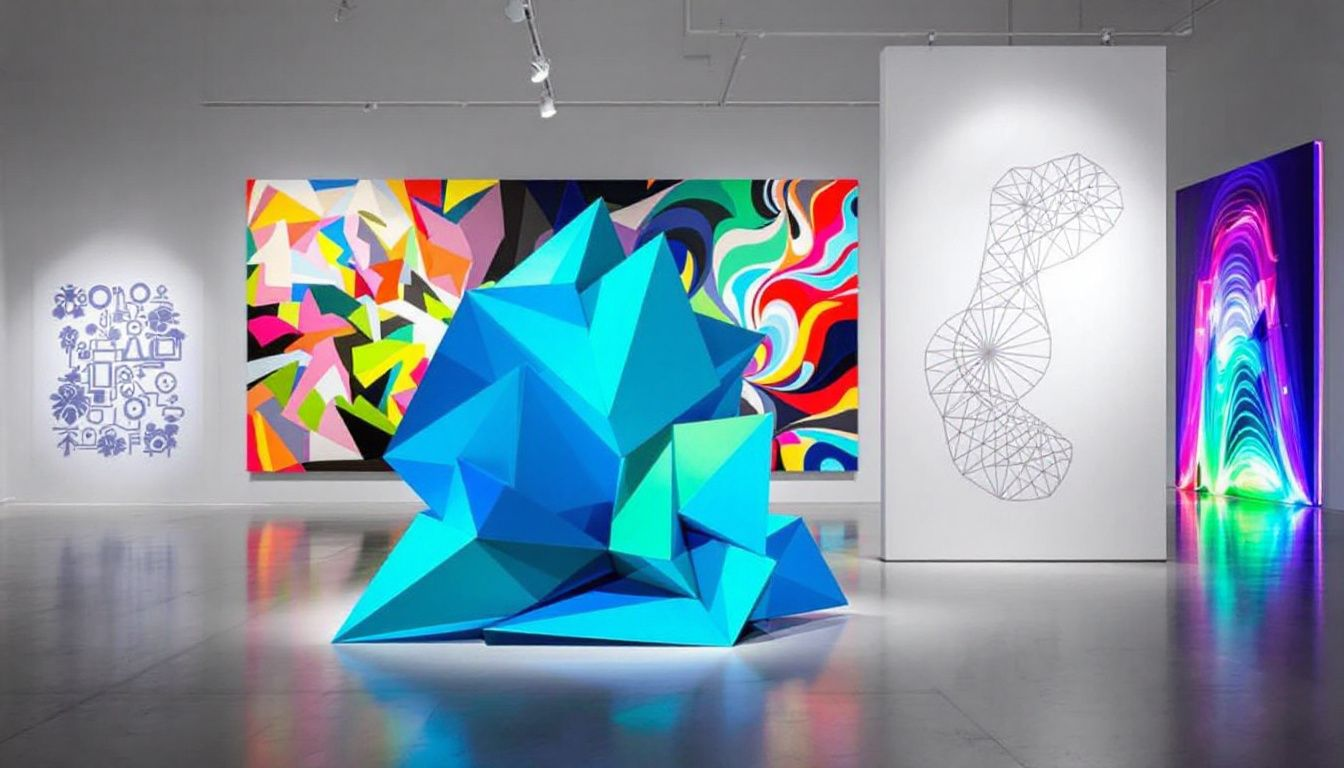 Dibond signs are incredibly versatile, making them suitable for a wide range of applications. Their weather-resistant properties and high-quality prints ensure they maintain their appearance and functionality in various environments.
Dibond signs are incredibly versatile, making them suitable for a wide range of applications. Their weather-resistant properties and high-quality prints ensure they maintain their appearance and functionality in various environments.
Let’s explore some of the most popular uses for Dibond panels.
Outdoor Signage
Dibond signs, crafted to endure the rigors of outdoor environments, are an exceptional option for signage that must persist through diverse weather scenarios. These panels boast immunity to rust, decay, moisture infiltration and resist harmful chemicals – preserving both their structural integrity and visual appeal over time. The resilience of Dibond panels puts them at the forefront for outdoor displays where exposure to natural elements is inevitable.
Their construction imbued with weather-resistant qualities guarantees that Dibond signs retain not only their looks but also their functionality amidst extreme climates outdoors. Ease-of-hanging becomes apparent thanks to pre-drilled holes in these signs, while a variety of mounting fixtures like grommets and supports offer added visual enhancement upon installation. This blend of robustness against the elements coupled with adaptable fitting methods positions Dibond panels as steadfast solutions for long-lasting external signage needs.
Serving purposes ranging from promotional advertising to encasing property development sites or other exterior exhibits demands a durable yet visually appealing material—qualities embodied by Dibond panels. Their proven track record against daunting environmental challenges paired with a maintained professional aesthetic render them ideal contenders within the realm of premium-grade outdoor signage applications.
Interior Signage
Opting for Dibond signs can significantly elevate the quality of interior signage, imparting a sophisticated and modern charm. These signs are particularly suited to settings such as retail stores, office buildings, and dining establishments where they contribute to an improved aesthetic appeal within indoor environments.
Dibond signs also afford extensive customization possibilities which enable crafting distinctive and visually engaging signage that aligns with the surrounding interior design elements. They serve various purposes ranging from branding at point-of-sale areas to providing impactful visuals during exhibits.
Their resilience paired with a high-quality professional finish renders them an exceptional selection for those seeking long-lasting and attractive enhancements in interior commercial spaces.
Property Development Hoardings
Employed frequently for property development hoardings, Dibond boards serve as a robust medium to present details about the project and promotional content. These boards are particularly suited for outdoor settings due to their strong resistance against various weather conditions, thereby ensuring visibility of information and advertisements that can attract prospective customers.
In the realm of real estate development, leveraging Dibond boards in hoardings is an efficient method for broadcasting essential information and marketing messages regarding projects. They stand out as indispensable assets for developers who aim to portray their ventures effectively and enticingly to passersby, offering a compelling way to engage potential clients.
Supplying Print Ready Artwork
Ensuring your artwork is prepared for print correctly is essential to achieve the best possible output in Dibond printing. To maintain text integrity and avoid any inconsistencies, it’s important that all fonts are outlined before you submit your artwork for print. This step preserves the intended appearance of the text throughout the production process.
To ensure a polished and professional look post-trimming, incorporating a 3mm bleed in your design will help prevent undesirable white borders from appearing on edges. Employing overprinting techniques allows different colors to be layered during printing. Selecting color combinations judiciously is vital to circumvent unintended outcomes.
Implementing trapping in your layout can address potential alignment issues during the print run by preempting gaps or visible white spaces between colors. Adhering to these key practices ensures that not only is your artwork ready for printing, but also poised for producing exemplary quality results.
Quick Turnaround and Fast Delivery
Dibond sign production features accelerated handling, guaranteeing prompt order completion. The sophisticated printing techniques applied to Dibond signs expedite the processing, allowing for a swift turnaround time. As a result, you’re able to obtain your premium quality signage swiftly and efficiently, perfectly suited for immediate needs.
Placing orders through an online platform simplifies the transaction process and contributes to faster service delivery. With the capability of having dibond signs at your doorstep within 48 hours post-ordering, rapid access is guaranteed when urgency dictates.
With its fusion of speedy service and exceptional print craftsmanship, choosing Dibond meets the high-stakes demands of enterprises facing pressing deadlines that require quick yet reliable signage solutions.
Cost-Effective Solutions
Printing on Dibond panels is synonymous with exceptional quality and resilience, while also being economically advantageous. The affordability of Dibond materials means that companies can obtain top-notch signage solutions without excessive financial strain. The value proposition is heightened by the inclusion of complimentary shipping for orders that surpass a specified threshold, thereby amplifying its cost efficiency.
For entities considering high-volume purchases, there are discount incentives designed to mitigate expenses when acquiring substantial numbers of Dibond panels. An array of standard sizes ready for immediate use streamlines the process for addressing urgent signage demands in an efficient and budget-friendly manner. Consequently, printing on Dibond offers a financially prudent option for enterprises large and small seeking superior-quality signs at prices that are competitive within the market.
Summary
In essence, the process of printing on Dibond results in signs that are not only robust and flexible, but also boast superior print clarity. These panels are ideal for enduring outdoor environments as well as creating elegant indoor displays or wraps for property development hoardings. With customizable options including size, shape, and finish enhancements available, every business is able to tailor their signage to meet specific requirements.
Ultimately, when it comes to selecting high-quality professional signage solutions suitable for long-term use, Dibond signs emerge as a top-tier option. They combine sturdy construction with vivid print fidelity at an advantageous cost point. Making them indispensable assets for augmenting brand exposure and messaging effectiveness. For businesses aiming to upgrade their visual communication strategies, embracing the world of Dibond sign printing can significantly amplify your brand’s presence—investigate your options and commit to quality signage that truly represents your enterprise.
Frequently Asked Questions
What is Dibond Board Printing made of?
Board printing with Dibond involves a sturdy construction that combines layers of aluminium with a central polyethylene core, guaranteeing strength and durability for extended periods.
Is Dibond Board Printing suitable for indoor and outdoor use?
Printing on Dibond board is appropriate for use both indoors and outdoors, offering adaptability across different settings.
What are the main benefits of Dibond Board Printing?
Dibond Board Printing offers exceptional durability and the creation of striking, attention-grabbing signboards.
This makes it an ideal choice for both indoor and outdoor displays.
How can I ensure my artwork is print-ready for Dibond printing?
To ensure your artwork is print-ready for Dibond printing, convert fonts to outlines, include a 3mm bleed area, and apply overprinting and trapping techniques to prevent discrepancies.
These steps will help guarantee a professional final product.
How fast can I receive my Dibond signs after placing an order?
Your signage requirements can be quickly met, with Dibond signs ready for dispatch within 48 hours of placing an order.

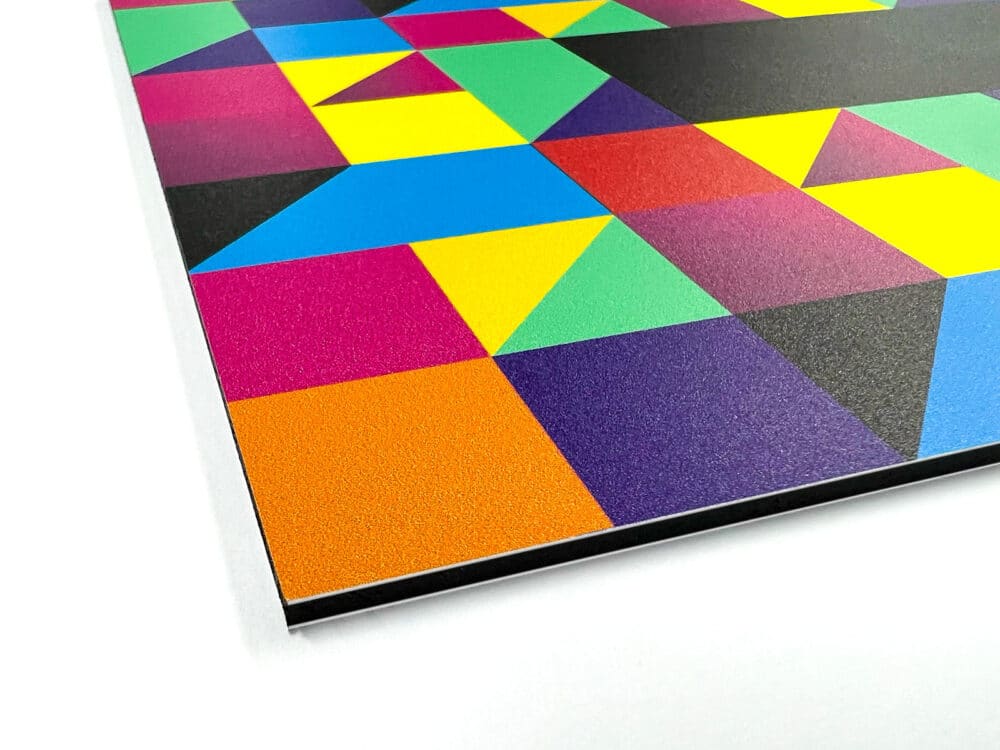
 Add to Basket
Add to Basket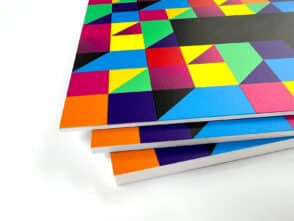
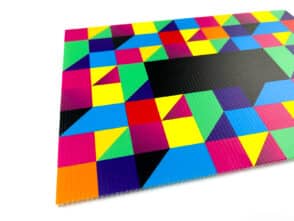


You must be logged in to post a review.